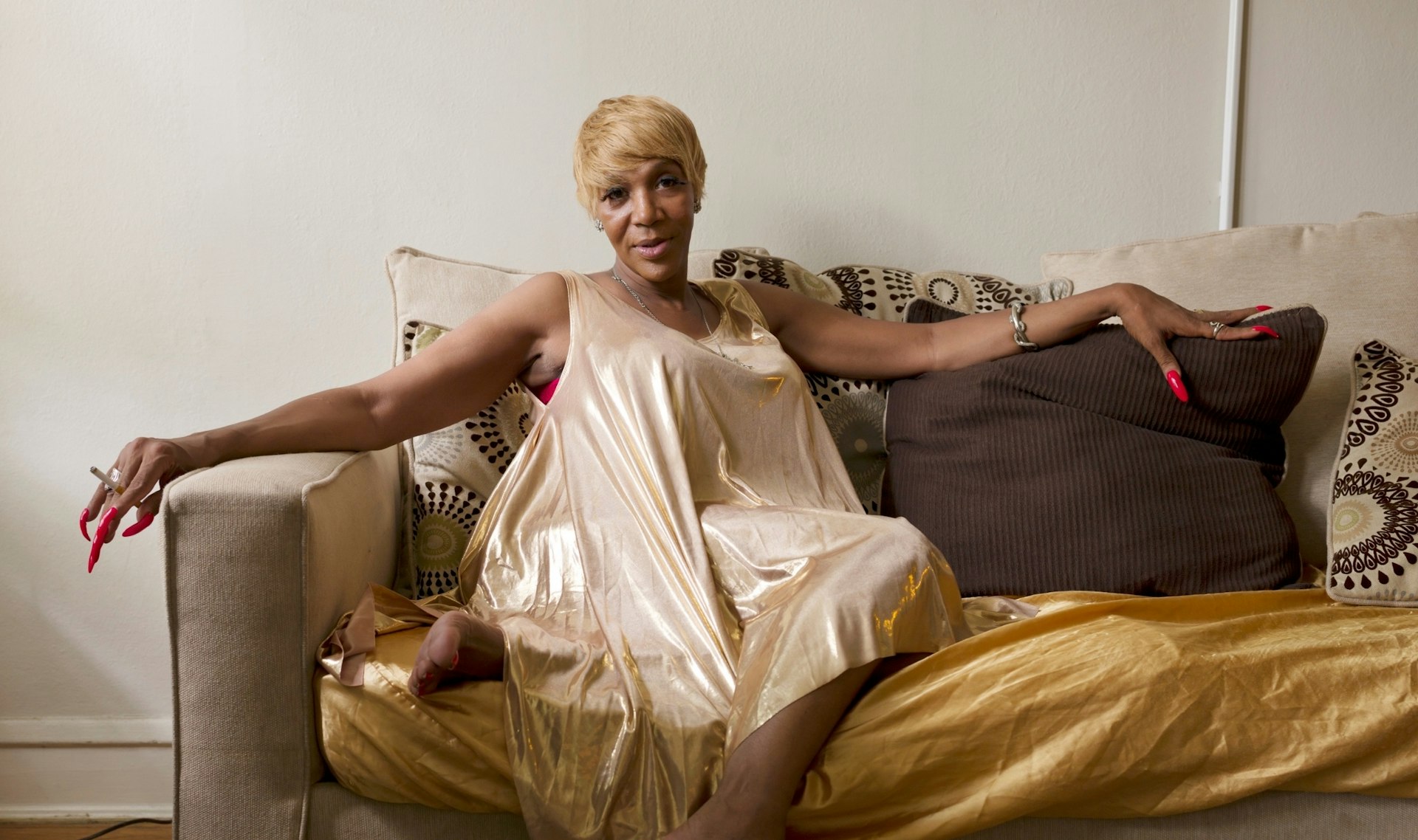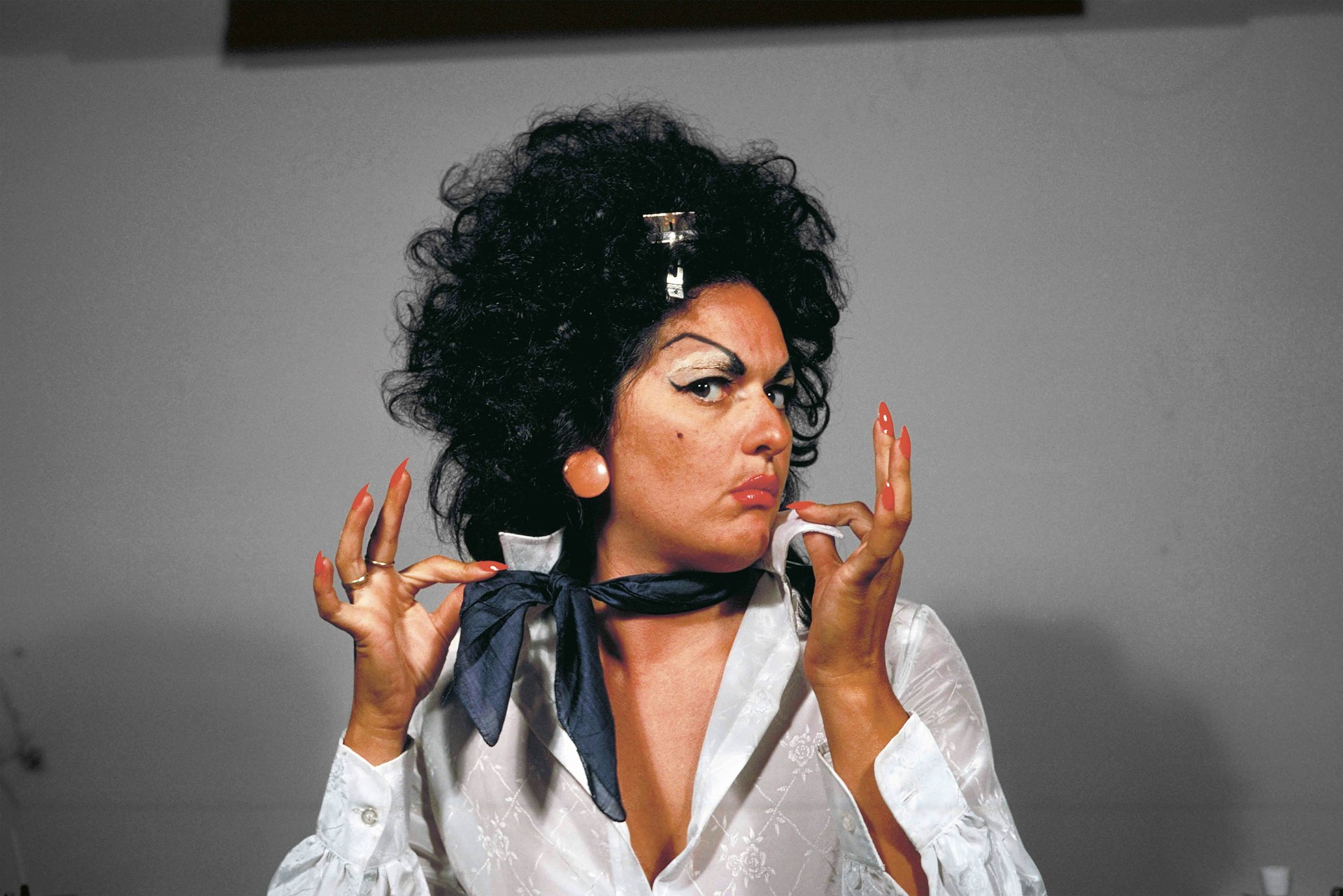
An inside look at LA’s queer Chicano networks
- Text by Miss Rosen
Born in Tijuana in 1955, Edmundo “Mundo” Meza was raised in East LA, in the heart of the Chicano scene. As an artist, Meza worked outside of the mainstream, building a network of radical creatives who were dealing with issues political activism, identity, and social justice connected with the emergence of the Chicano Civil Rights, Women’s, and Gay Liberation Movements.
His untimely death from complications due to AIDS at the age of 29 in 1985 changed everything. As an early casualty of the epidemic, his voice was silenced too soon. Shortly after, his work stopped being exhibited and began to disappear.
Curators C. Ondine Chavoya and David Evans Frantz were on an urgent mission to preserve what remained. As they began their work, they tapped into a gold vein. An explosion of artists from Mundo’s underground network began to pour forth, and over a period of four years, the curators developed relationships with more than 50 artists, groups, and bands working between the late ’60s and early ’90s.
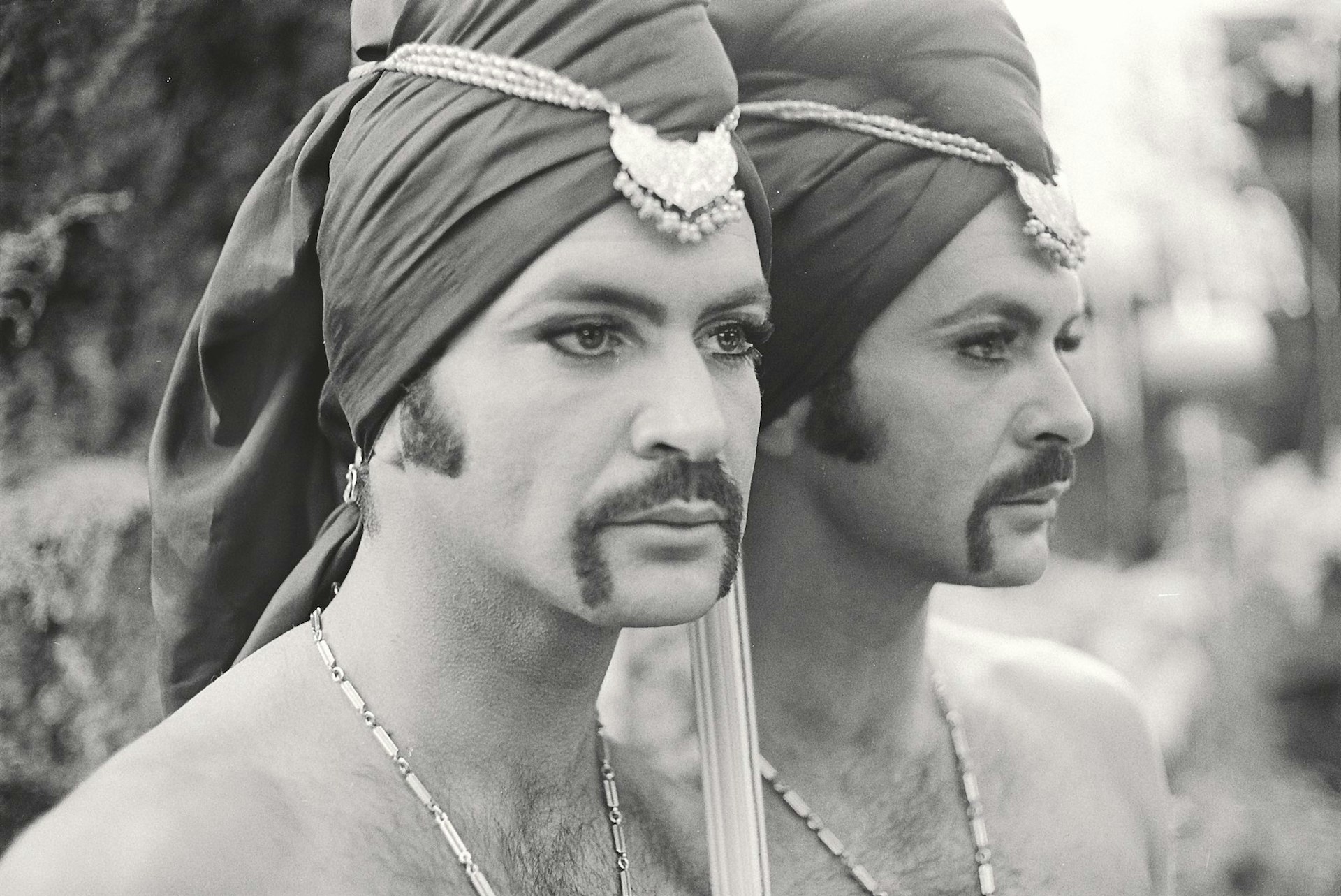
Tosh Carrillo, Arthur, c. 1970s. Charles Boultenhouse and Tyler Parker Papers. Manuscripts and Archives Division. The New York Public Library, Astor, Lenox and Tilden Foundations
The result is Axis Mundo: Queer Networks in Chicano L.A., a travelling exhibition organised by Independent Curators International (ICI) on view at Hunter College Art Galleries, New York, from June 21 – August 19, 2018, as well as an exemplary catalogue published by Prestel.
Axis Mundo takes us deep inside one of the most fascinating scenes of the late 20th century, with a phenomenal cross-section of work that includes painting, performance ephemera, print material, video, music, fashion, and photography from legends including Alice Bag, Vaginal Davis, Simon Doonan, DIVA TV, Genesis Breyer P-Orridge, Ruby Ray, Zoe Leonard, Phranc, and Jack Vargas.
“There is this really rich moment of the early ’70s where young artists are moving between these different spaces of art school, gay and lesbian bars, alternative art spaces, and punk clubs – if not all at the same time then all in quick succession over a number of years,” Chavoya explains. “We wanted to highlight the energising connections between those different spaces and the ways artists moved through them to produce, perform, and present art.”
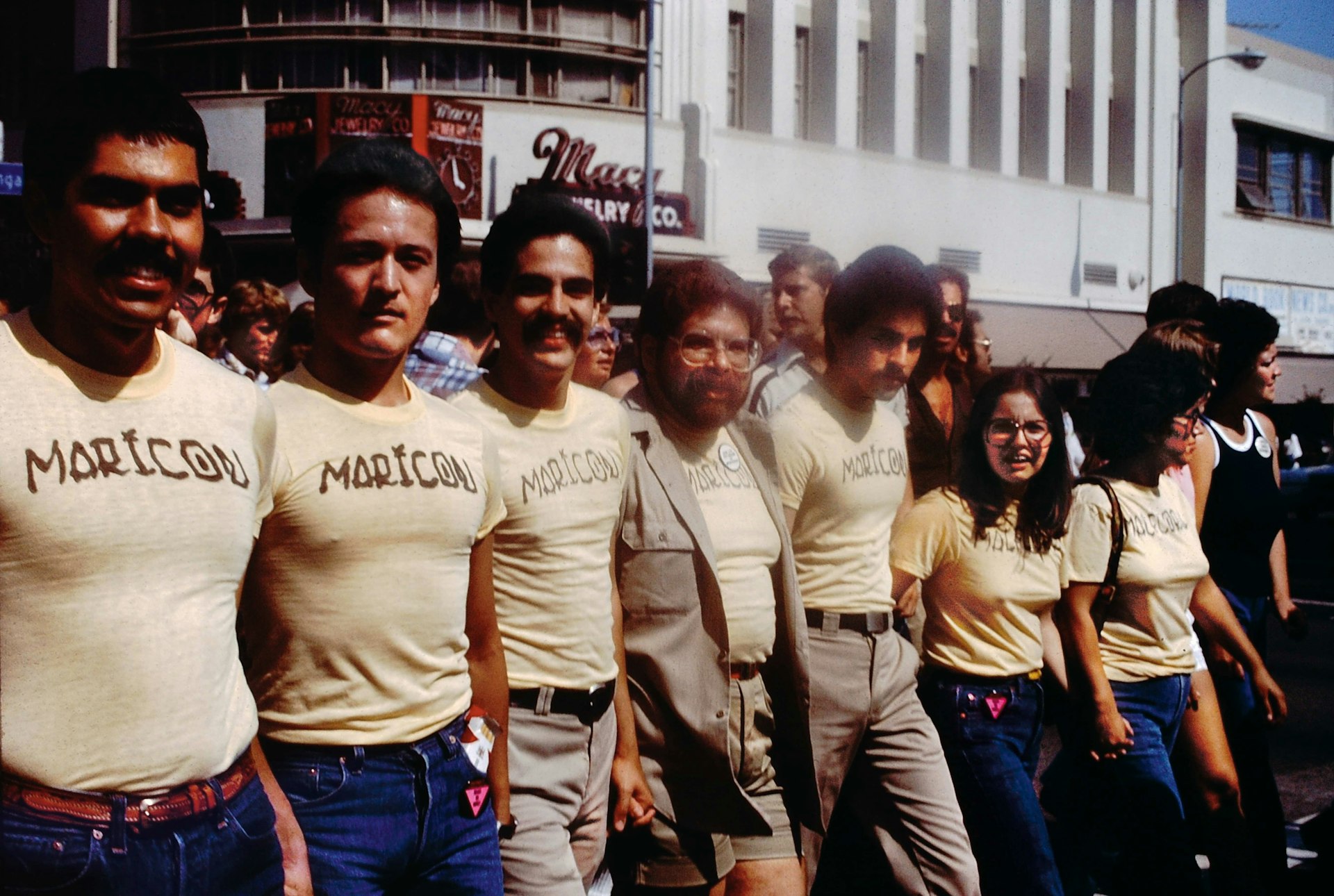
Participants in the Christopher Street West Pride parade wearing Joey Terrill’s malflora and maricón T-shirts, June 1976. Photo by Teddy Sandoval. Courtesy of Paul Polubinskas
Here the DIY ethos of punk fuses seamlessly with the Chicano vernacular tradition of rasquachismo, which Chavoya describes as: “An aesthetic philosophy of the underdog, a making do that has to do with tactics and tenacity.”
Taken together, Axis Mundo explores how the artists of this generation were driven to create, collaborate, and present their work by any means necessary.
“Many of the artists had intersecting identities and they didn’t have the same access that others had to the commercial gallery system or museum spaces,” Frantz explains. “Their practices were mobilised in order to be able to produce their own work and create this really dynamic multiple layer artistic work that crossed through multiple spaces from visual artist to music to fashion. We are trying to let all the complications and messiness live in the show and be legible.”
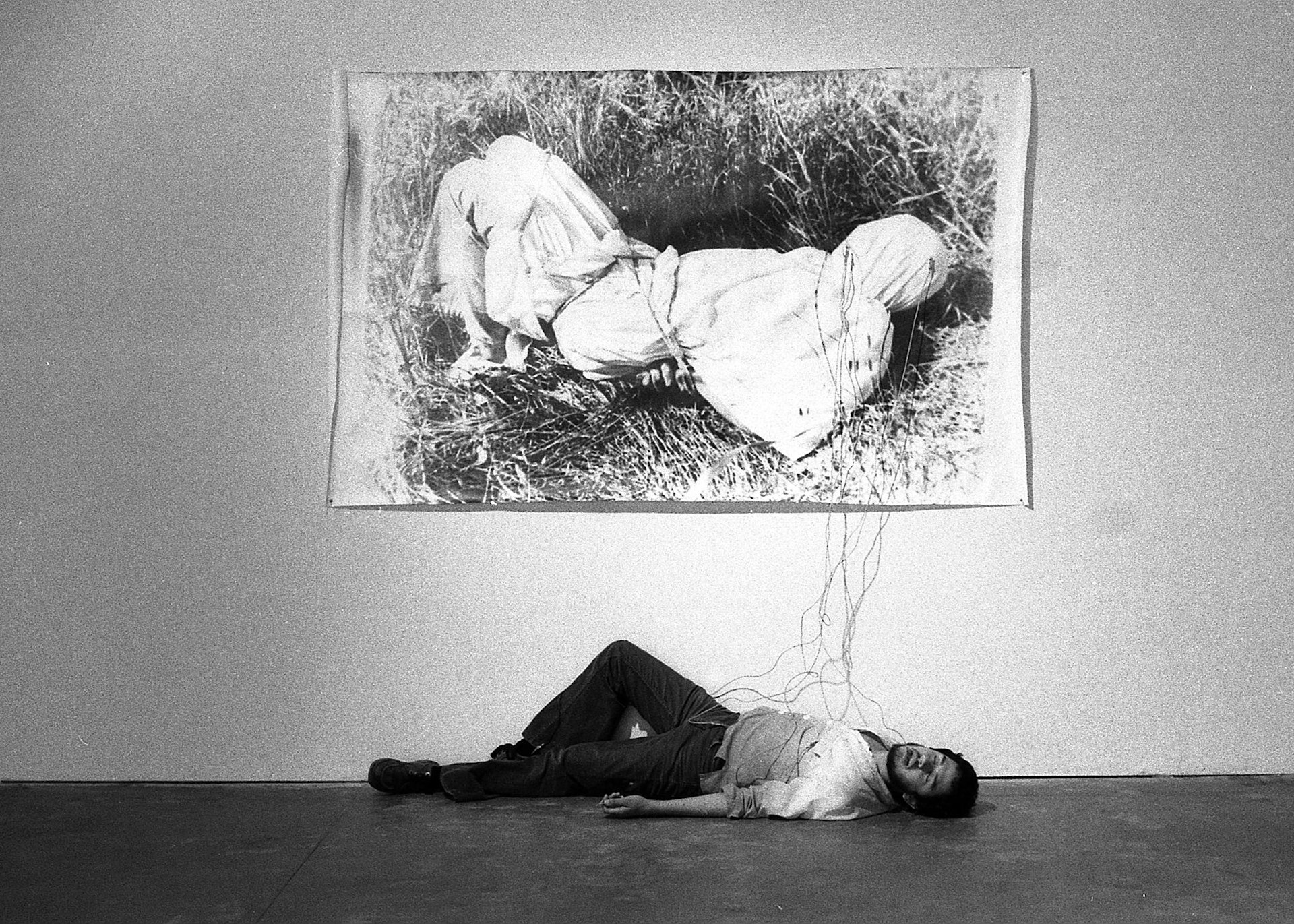
Harry Gamboa Jr., Roberto Gil de Montes, 1978. Gil de Montes shown with his work Tongue Tied in the No Movie exhibition at LACE (Los Angeles Contemporary Exhibitions), May 2–31, 1978. © 1978, Harry Gamboa Jr.
The raw power that defined the times is preserved in these stunning works that are both accessible and energising. There is a sense of freedom combined with an undeniable drive for expression and action. As the artists weave their ways through these movements, things come to a head in the ’80s, as the AIDS crisis begins to devastate a generation.
Here we see a new level of urgency come forth, as the artists use their work to speak out. “Different artists were thinking about directly intervening in the crisis to mobilise political solidarity, or others used their practice to influence and promote public education,” adds Franz. “Other artists were thinking about memorialising individuals in ways that were deeply powerful and poetic, as important touchstones to keep those memories alive while also thinking about the stakes on a personal level of the AIDS crisis.”
Axis Mundo is a testament to the underlying strength of the movement to speak truth to power today. It also considers the necessity of resistance in the face of an enemy whose form may have changed but ultimately remains the same, and to recognise that we are in this together, for better or worse.
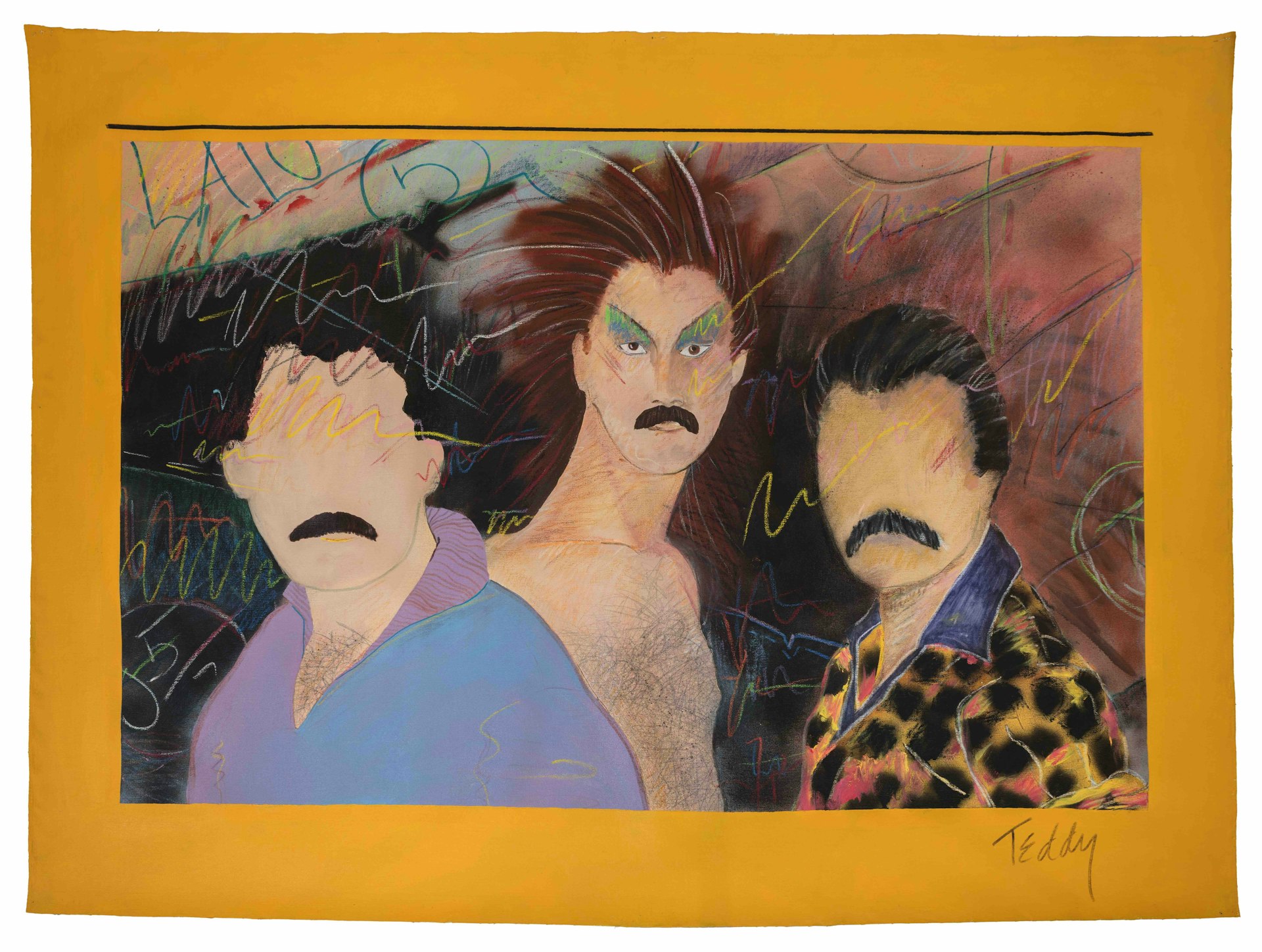
Teddy Sandoval, Las Locas, c. 1980. Courtesy of Paul Polubinskas. Photo by Fredrik Nilsen
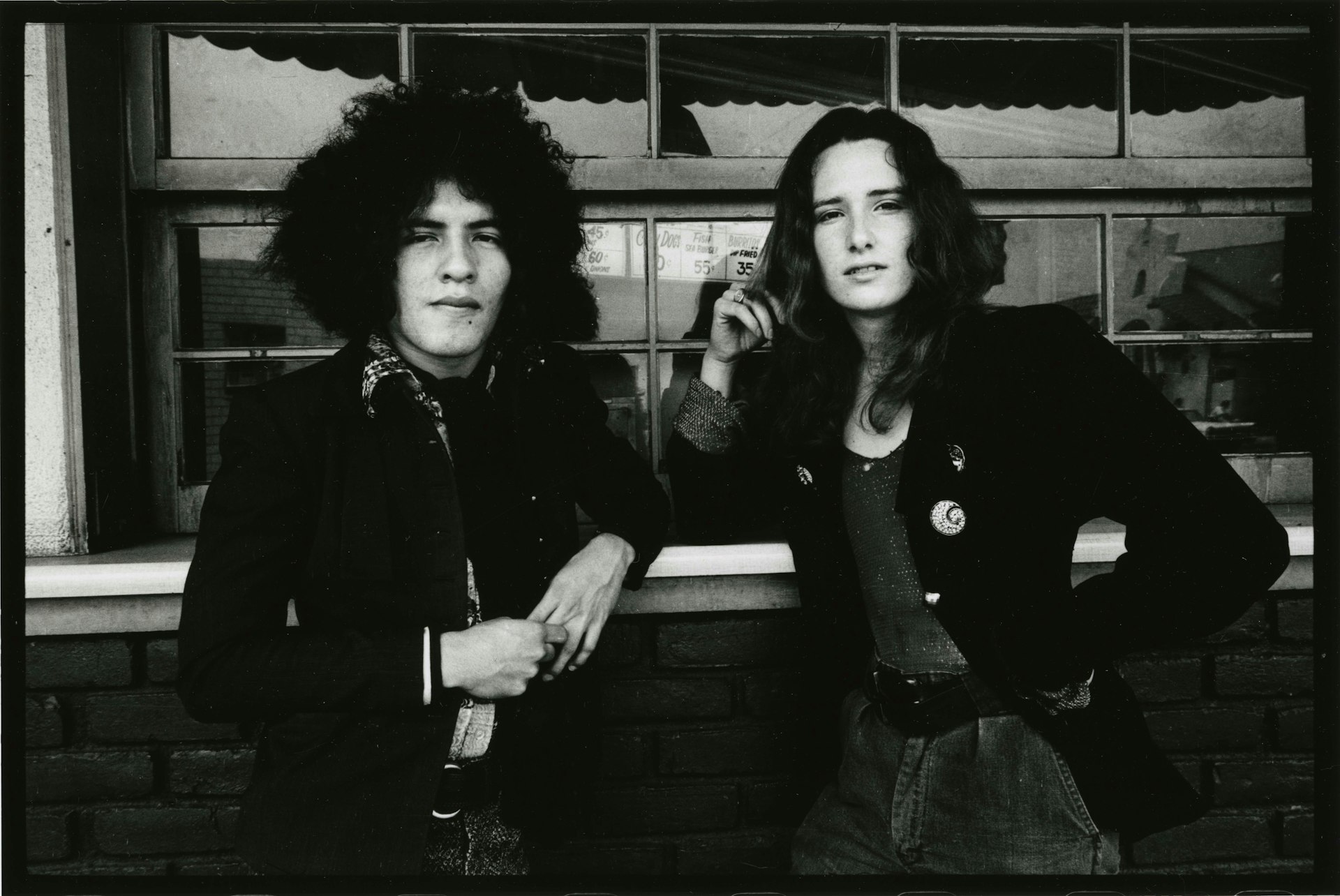
Anthony Friedkin, Jim and Mundo, Montebello, East Los Angeles, 1972. From The Gay Essay, 1969–73. Gift of Anthony Friedkin. ONE National Gay & Lesbian Archives at the USC Libraries. Courtesy of Anthony Friedkin
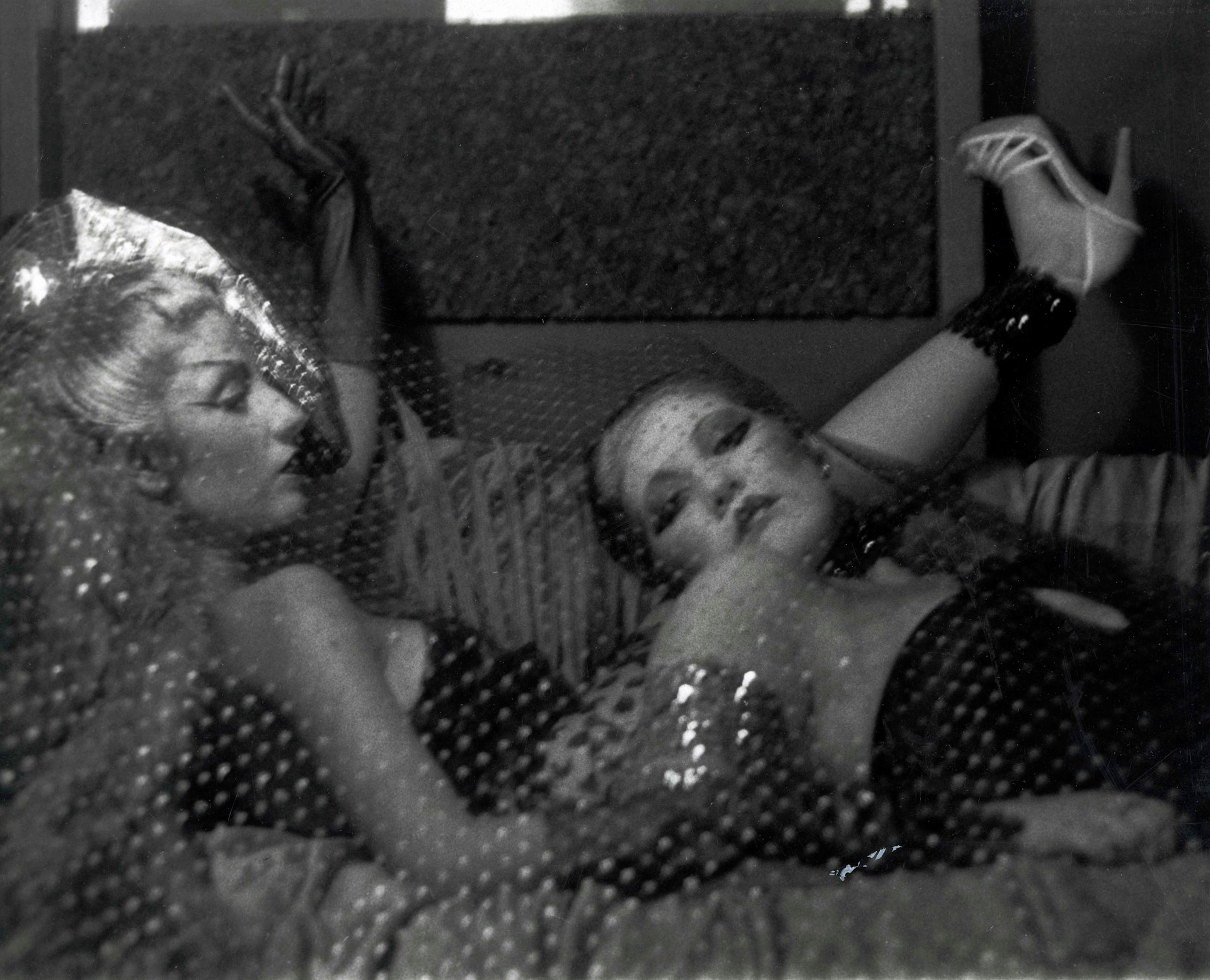
Patssi Valdez, Reclining (Betty Salas and Gloria), c. early 1980s. Courtesy of Patssi Valdez
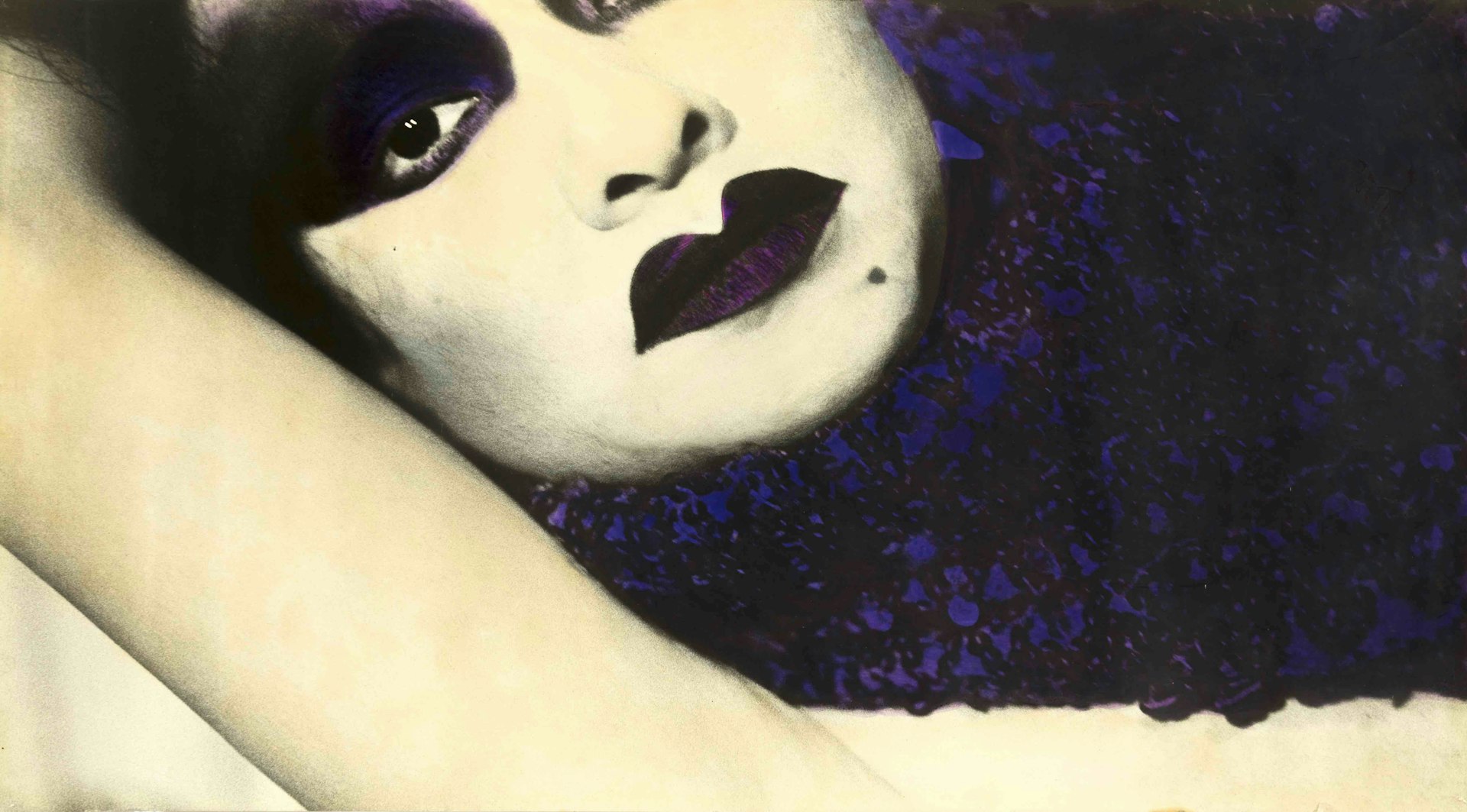
Patssi Valdez, Portrait of Sylvia Delgado, c. early 1980s. Courtesy of Patssi Valdez. Photo by Ian Byers-Gamber
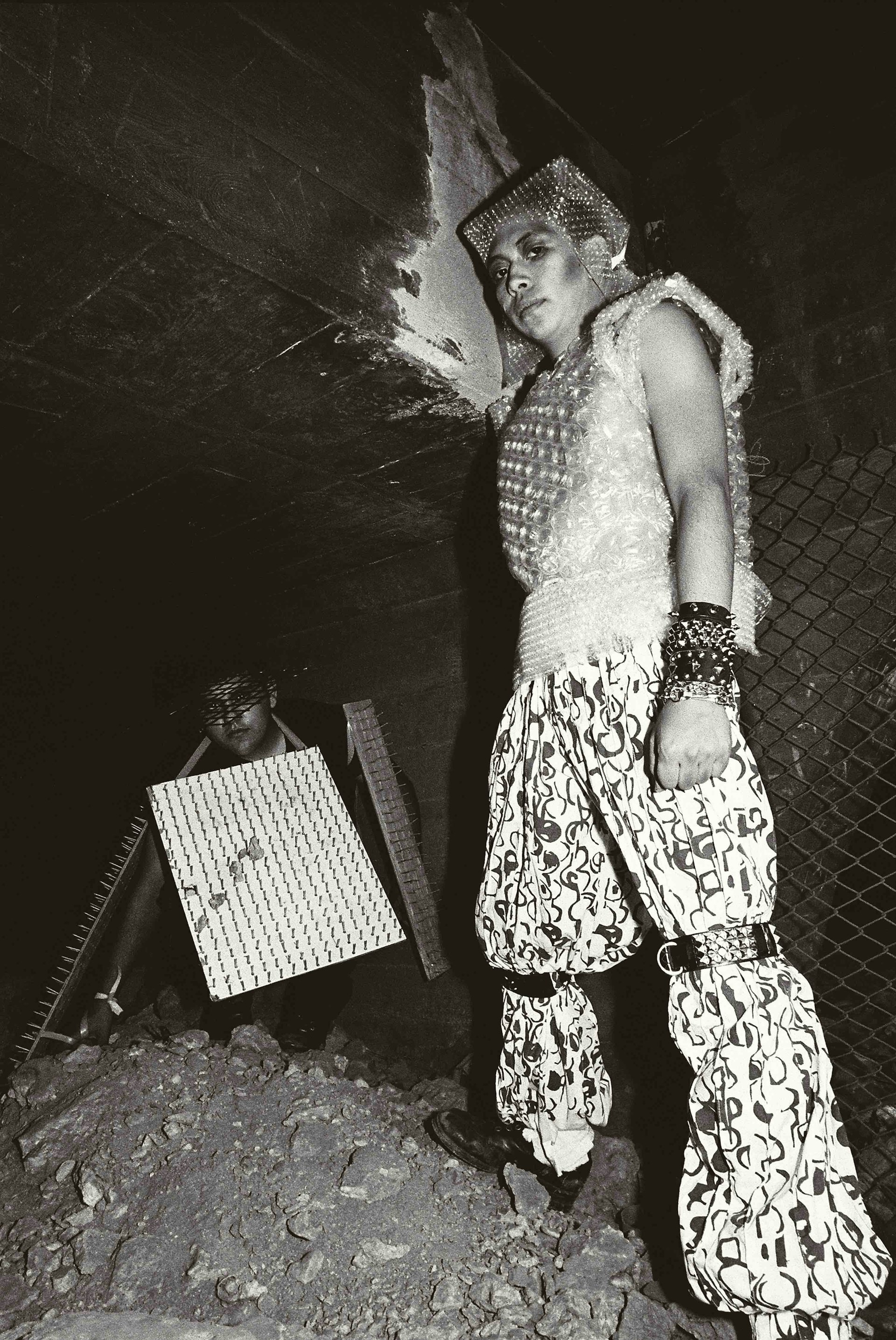
David Arnoff, Michael Ochoa and Gerardo Velázquez of Nervous Gender, 1980. Courtesy of David Arnoff

Joey Terrill, Homeboy Beautiful, no. 1, 1978. ONE National Gay & Lesbian Archives at the USC Libraries. Courtesy of Joey Terrill
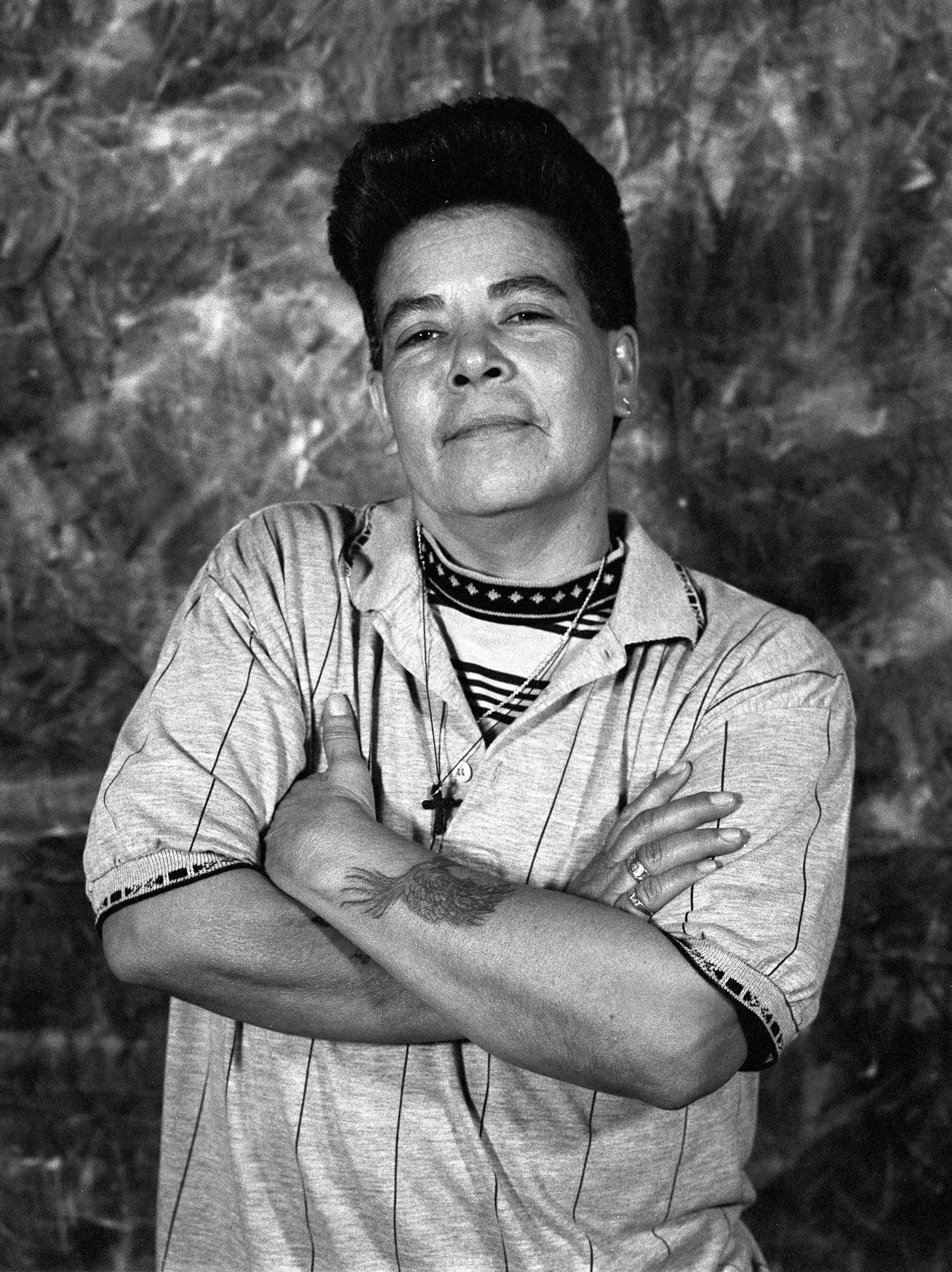
Laura Aguilar, Plush Pony #13, 1992. Courtesy of Laura Aguilar
Axis Mundo: Queer Networks in Chicano LA is on view at Hunter College Art Galleries, New York from June 21 – August 19, 2018.
Follow Miss Rosen on Twitter.
Enjoyed this article? Like Huck on Facebook or follow us on Twitter.
